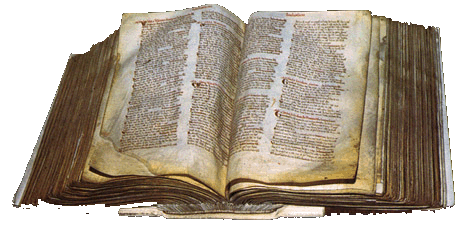 |
| Diagram of a horse's plate armor (16th century) |
 |
| Steel crupper panel (left); leather crupper panel (right) |

Evidence of lighter horses being used as warhorses is also available in numerous primary sources. Armor in the Royal Armoury at the Tower of London would fit a horse about 15 hands high. In the Bayeux Tapestry, all horses are of fairly light stature, without the thick legs associated with draft breeds. Likewise, in The Song of Roland, one of the great warhorses is described "swift and fill of spirit ... his legs are smooth and flat, his thighs are short ... his back is high and straight, his body long... no animal at all can run with him." By all means this description matches that of a lighter breed, not of lumbering drafts. I believe we can therefore cast aside the notion of massive, powerful horses, replacing the image with that of smaller, swifter animals akin to many of the breeds we see today.
 |
| Fully armored horse (14th c. chess piece) |
While understanding what types of horses were used in battle is important in terms of creating an accurate mental image, simply examining the types of horses used does not make clear how they were used. Warhorses (often called destriers) were a part of a knight's equipment as much as any other part of his weaponry, and were valued as such (to reference The Song of Roland once more, the two pieces of the knight's equipment that were important enough to name and describe were their swords and their horses).Warhorses were well-trained for battle, and were not utilized for everyday riding or travel, as it would risk the well-being of a valuable asset. Horses often called palfreys or rounceys were used for riding instead. Not all knights could afford the expensive upkeep associated with warhorses (they had to be fed well, trained, and those that could were not necessarily able to afford additional armor for the horse. It was the privilege of the elite to ride into battle upon fresh, fully-armored destriers. Because of this expense, armies were often mostly foot soldiers rather than cavalry, despite modern depictions of full armies on horseback. Still, any number of cavalry allowed for a considerable strike against an enemy force, with cavalry charges serving as both menacing and powerful blows to opposing troops.
 |
| Mounted Knight with Lance |
A mounted knight's warhorse was a vital part of his weaponry, giving them an advantage over soldiers on foot. While they may have been smaller than the powerful steeds we tend to imagine, they were still an important feature of medieval warfare. Once common, warhorses helped to shape war itself, with advances in arms, armor, and tactic made in order to fight efficiently. Founded by ancients, built upon in the Middle Ages, and romanticized in later eras, horses would remain a facet of war into the nineteenth and even twentieth centuries.
Note: Most images are hyperlinked to their sources; in order to learn more about any image or artifact, the image/caption may be clicked.
Resources
Breiding, Dirk H. "Horse Armor in Europe." The Metropolitan Museum of Art, March 2010, http://www.metmuseum.org/toah/hd/hors/hd_hors.htm.
The Full Bayeux Tapestry, 10 Jan. 1998, http://www.hastings1066.com/baythumb.shtml.
Harrison, Robert, editor. The Song of Roland, Penguin Putnam, Inc., 2002.
Hood, John. "Significance of the Stirrup in Medieval Warfare." CLIO Journal, 2009, https://cliojournal.wikispaces.com/Significance+of+the+Stirrup+in+Medieval+Warfare.
Newman, Paul B. Daily Life in the Middle Ages. McFarland & Company, Inc., 2001.








